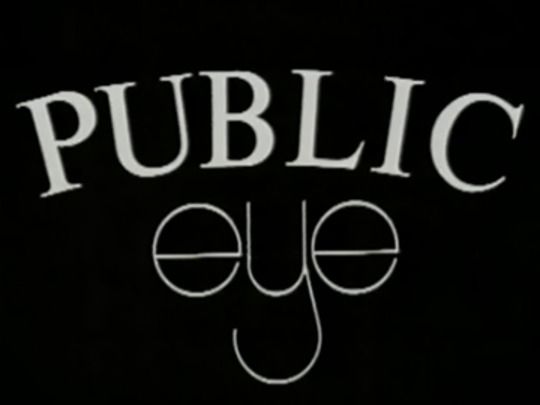And so, by the middle of the 1960s, the film industry had established a structure that was to last for nearly 40 years. It was an absolutely absurd structure. The landscape was dominated by two megaliths, Television and the NFU. some ways they were the opposite of each other: Television was new and vigorous: the NFU was old and atrophying. However, they had a lot in common. Both were multi-minion-dollar concerns. Both had vast stores of film equipment supplied at government (taxpayers') expense. Both were fully staffed and had film training systems in place for their staff members. Both had continuous guaranteed income by way of government grants or government-enforced licence systems. Both had mean-spirited policies that denied any outsider access to anything they controlled. Both seemed beyond criticism and impervious to attack from without.
In the middle were the independents and freelancers, who had none of the above. They hated Television and they hated the NFU. The NFU hated Television and hated the independents, and Television hated both of the others. Everyone hated everyone.
I imagine that by now you must be asking yourself why these people felt it was necessary to behave in such a manner. I know I did, when I first became aware of it in the mid-1960s. From my point of view, both of these organisations were funded with public money. It was therefore incumbent on them to supply the very best in the way of services to that same public that fed them. Doesn't that make sense? Isn't that how it should be? Shouldn't it be meritocracy, where the most talented and the most highly skilled were to be favoured? Evidently not.
From Geoff Murphy: A Life on Film--I'm taking this bloody car to Invercargill by Geoff Murphy, p122-23.


Comments powered by CComment